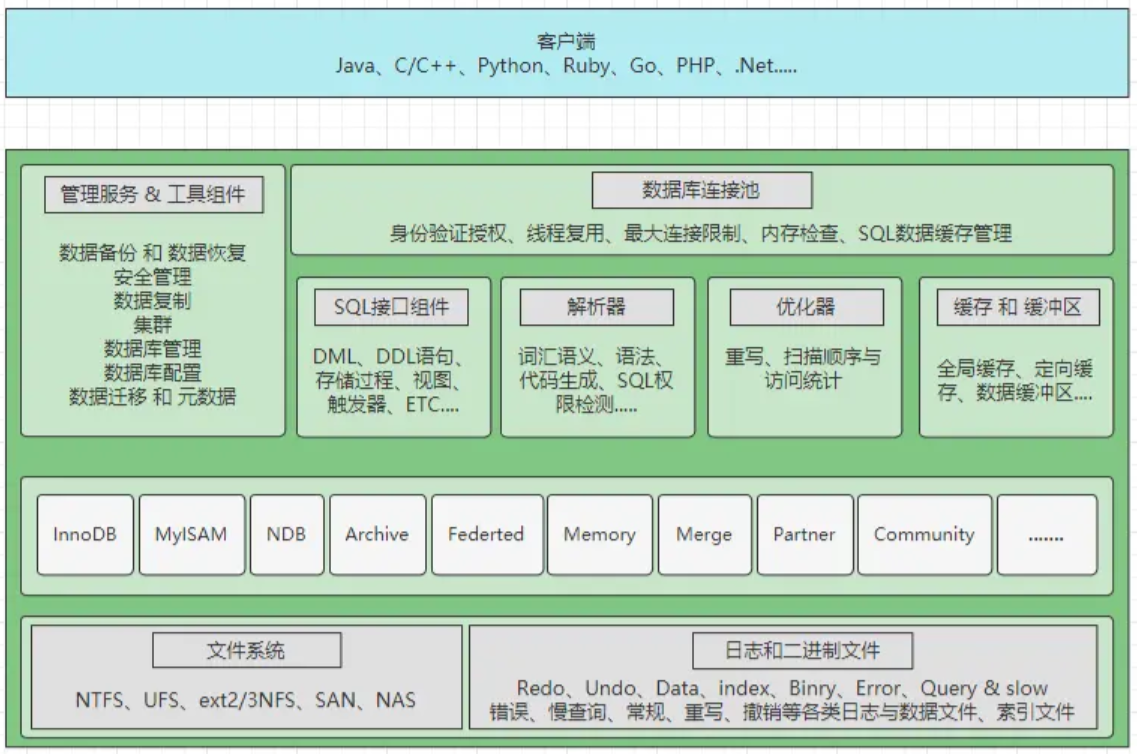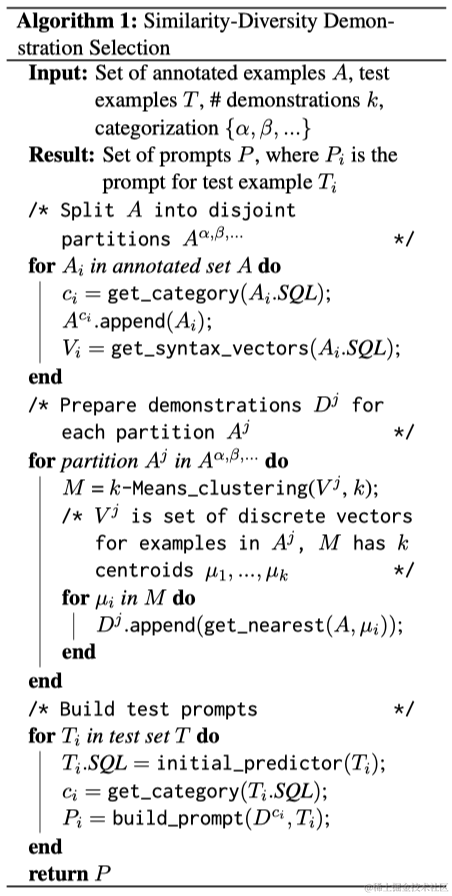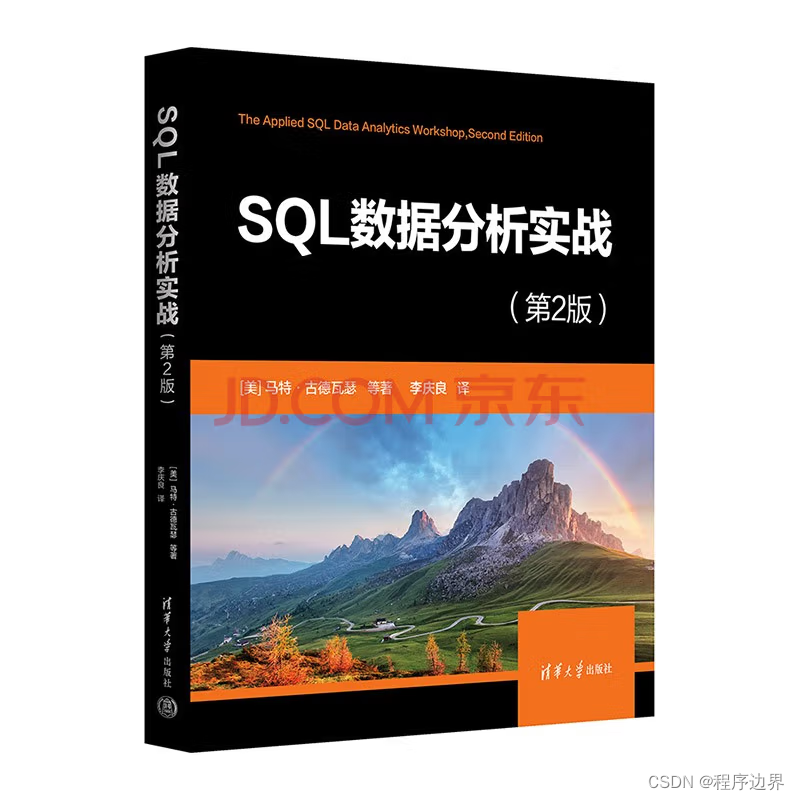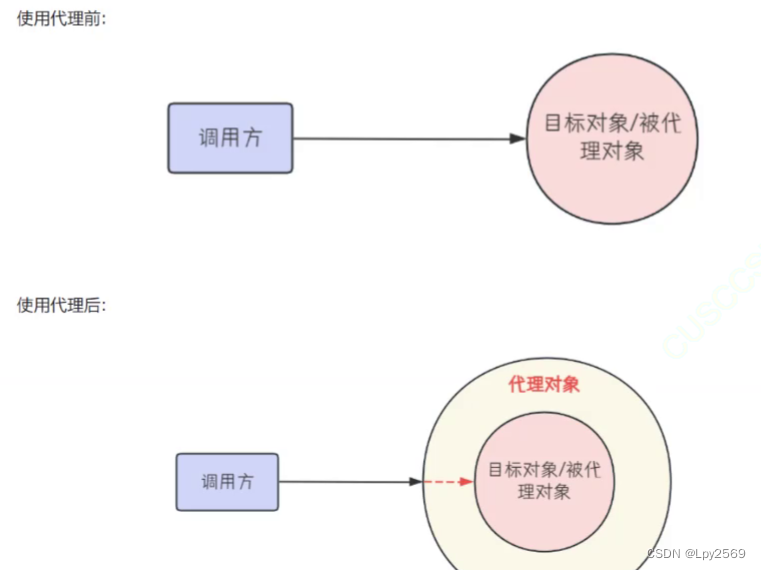系列文章目录
1、mybatis简介及数据库连接池
2、mybatis中selectOne的使用
3、mybatis简单使用
4、mybatis中resultMap结果集的使用
前言
当编写 MyBatis 中复杂动态 SQL 语句时,使用 XML 格式是一种非常灵活的方式。这样做可以根据不同条件动态生成 SQL 查询,更新或删除语句。以下是一篇简要的教程,详细介绍如何使用 MyBatis XML 来编写动态 SQL。
1. 动态条件查询
假设有一个 User 实体,有 id、username 和 email 字段,我们希望根据不同条件查询用户信息。
上面的方法可以根据id、username、email进行条件查询,当test后面的语句为true的时候,会将if标签内的语句拼接。
2. 动态更新语句
3. 动态插入语句
4、其他标签的使用
声明:本站所有文章,如无特殊说明或标注,均为本站原创发布。任何个人或组织,在未征得本站同意时,禁止复制、盗用、采集、发布本站内容到任何网站、书籍等各类媒体平台。如若本站内容侵犯了原著者的合法权益,可联系我们进行处理。








